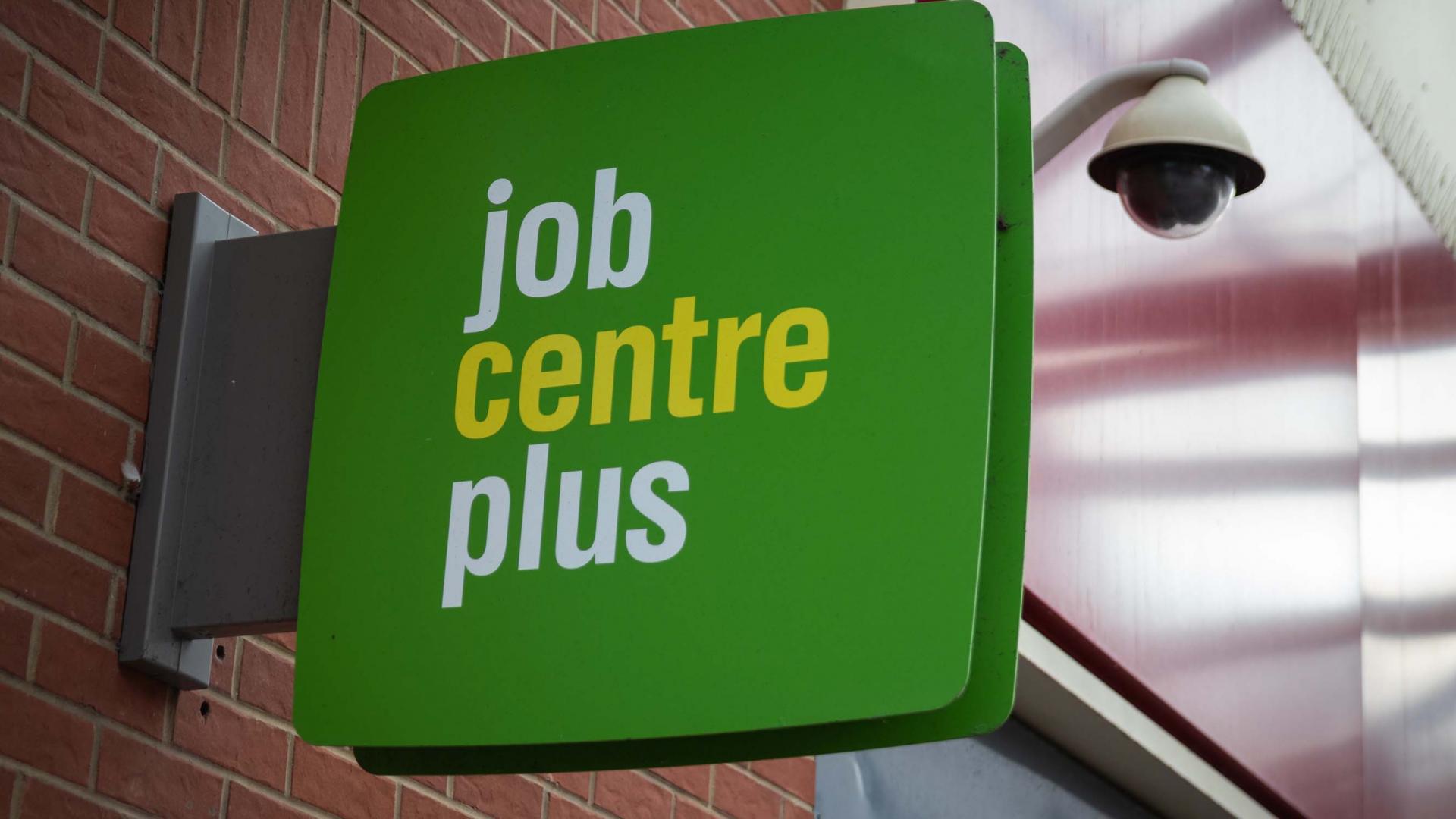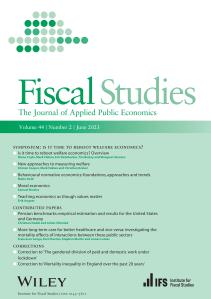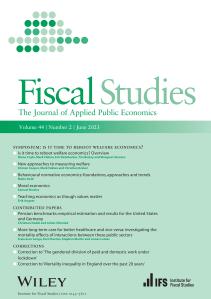A hugely challenging part of the rollout of universal credit recommences today.
Once fully rolled out, universal credit is expected to be received by around 7.2 million working-age families. Most of that rollout has already happened due to natural ‘turnover’ in the benefits system: for some time now, new claims across the UK have been routed to universal credit rather than the six ‘legacy’ benefits that it replaces. The spike in new claims during the pandemic therefore effectively sped up the rollout considerably.
As of April 2022 there were still 2.6 million claimants of legacy benefits. The government is, very sensibly, not going to wait indefinitely for all those claims to come to a close naturally or voluntarily, which would take many, many more years. Instead, it is, as of Monday 9 May, to restart the process of ‘managed migration’ – proactively moving those still on legacy benefits across to universal credit – with the original pilot of this scheme in Harrogate having been suspended when the pandemic hit. The government now aims to complete the process of moving all legacy claims over to universal credit by the end of 2024. If achieved, that would finally bring the rollout of universal credit to a close, about a decade after it began and about seven years later than the coalition government’s November 2010 White Paper envisaged (this set out a provisional timetable that would have seen the rollout completed by October 2017).
Who are those still on legacy benefits and would they qualify for more or less under universal credit?
The 2.6 million remaining legacy benefit claimants – the group scheduled to move across to universal credit over the next two years unless their existing claim ends for other reasons or they voluntarily switch to universal credit themselves – are those who have been continuously claiming legacy benefits for a relatively long period of time without a relevant change in their circumstances. The Department for Work and Pensions has helpfully published some useful analysis of this group. About half (46%, or 1.2 million) are claimants of employment and support allowance (ESA) – an out-of-work benefit for those whose health is deemed to limit their capacity to do paid work. Most of the rest (38%, or 1.0 million) are in-work tax credit recipients. This makes sense as ESA and tax credits are benefits that are often received for long periods of time.
These groups are also those who are more likely to see their level of benefit entitlement affected, in the long term, by the switch to universal credit.
For example, when universal credit is fully rolled out to the 2.2 million claimants who would have been on ESA under the legacy system (some of whom have already moved across and some who are now to be transferred), around 1.0 million will have a higher entitlement and around 1.0 million a lower entitlement under universal credit. This is because disability premiums are being restructured under universal credit, creating approximately equal numbers of winners and losers. Those who gain will typically be those on ESA who currently do not receive the severe disability premium (SDP), while those whose universal credit entitlement will be lower are those on ESA who currently receive SDP, which is paid to those who generally live alone and struggle with basic living activities such as preparing food.
And because universal credit changes the way that in-work support is withdrawn as earnings rise, virtually everyone on in-work tax credits – or just on housing benefit – will see a change in entitlement: of the 3.1 million who would have been on in-work tax credits or just housing benefit under the legacy system, 2.1 million will have a greater entitlement, and 0.9 million a smaller entitlement, under universal credit. Many who would have received both tax credits and housing benefit – or just housing benefit – gain since universal credit is withdrawn less quickly as earnings rise than their legacy benefits. Those that may lose include those working the specific number of hours a week that were particularly encouraged in the tax credit system (such as 16 for lone parents) and those with savings of more than £6,000 as the universal credit means-test treats those more harshly than tax credits.
In contrast, among other groups, over half will find their entitlements unaffected by the switch to universal credit. These are overwhelmingly people on non-health-related out-of-work benefits (jobseeker’s allowance or income support), for whom in terms of financial generosity universal credit essentially mirrors the previous system. Largely because there is relatively rapid turnover onto, and off, those benefits, most in this group are already on universal credit.
How many will qualify for transitional protection and how will this work?
Of the 2.6 million still claiming legacy benefits, just over half (1.4 million) stand to gain financially from being moved across to universal credit. DWP is understandably keen to start by putting in place the information that allows these people to recognise this and move across themselves, speeding up their increase in income and limiting the administrative burden and risks from moving them across ‘manually’. About 300,000 would be financially unaffected by moving across.
This leaves a remaining 900,000 claimants who are all people whose universal credit entitlement would, in steady state, be lower than their legacy benefit entitlement. Of these 600,000 are not expected by DWP to come off legacy benefits ‘naturally’ before they are moved across. Rather than see their benefit income fall at this point government policy is to give them ‘transitional protection’. This means that their cash entitlements will be maintained at the point of transition to universal credit, and then frozen in cash terms until their ‘underlying’ universal credit entitlement catches up (because of inflation uprating of universal credit rates or changes in circumstances that increase their entitlement). At that point, they will be worse off than they would have been without the universal credit reforms, but the reduction in their real-terms entitlements would have been considerably smoother, with no sharp ‘overnight’ loss of income.
What risks does managed migration pose for claimants?
Perhaps the biggest risk is that these people do not in fact receive their transitional protection because the process goes wrong. Once notified that they are being moved across, claimants have to make a successful claim in order to receive universal credit. Should they fail to do so their legacy benefits will stop, and even if they subsequently apply successfully for universal credit there could be a gap in their payments and they might lose the transitional protection that they would have qualified for. With this in mind DWP has committed to starting ‘slow, slow, slow’ to ensure that the system is working well before speeding up. But there has to be a risk that, for example, some claimants of ESA (such as those with mental health problems) and some claimants of tax credits (who might be reluctant to go to a Jobcentre and engage with a Work Coach before signing a claimant commitment, a new requirement for them) will still slip through the net.
It is also worth emphasising that the transitional protection is only in nominal terms: the ‘top-up’ to universal credit that these people will effectively get, which maintains their old level of benefit receipt, will not be increased in line with inflation. Indeed, that is precisely why the protection is transitional and not permanent – it will eventually be eroded by inflation (and any other factors that increase an individual’s cash entitlement to universal credit). Because of the lagged measure of inflation that is used to uprate benefits, benefits are set to rise by a lot in nominal terms in April 2023 as they finally catch up with the current spike in inflation. This means that someone who is migrated to universal credit at the end of March 2023 and has transitional protection applied will, all else equal, be considerably less fortunate than someone migrated at the start of April 2023. The latter person (or family) is now forecast to have over 9% greater benefit income locked in under transitional protection when they move to universal credit. The former person, whose legacy benefits did not nearly keep pace with inflation during 2021 and 2022, will then have their benefits frozen just before they would otherwise finally have caught up in April 2023.
In conclusion: the government is right to move claimants of existing legacy benefits over to universal credit. And many will gain as a result, while those whose entitlement falls on being moved across are to be given transitional protection. But there are risks for claimants in terms of both whether they will land successfully on universal credit and also how quickly any transitional protection is eroded.
Note: Carl Emmerson is a member of the Social Security Advisory Committee (SSAC) but writes here entirely in his capacity as Deputy Director of the IFS. SSAC’s previous report on managed migration to Universal Credit can be found here.










